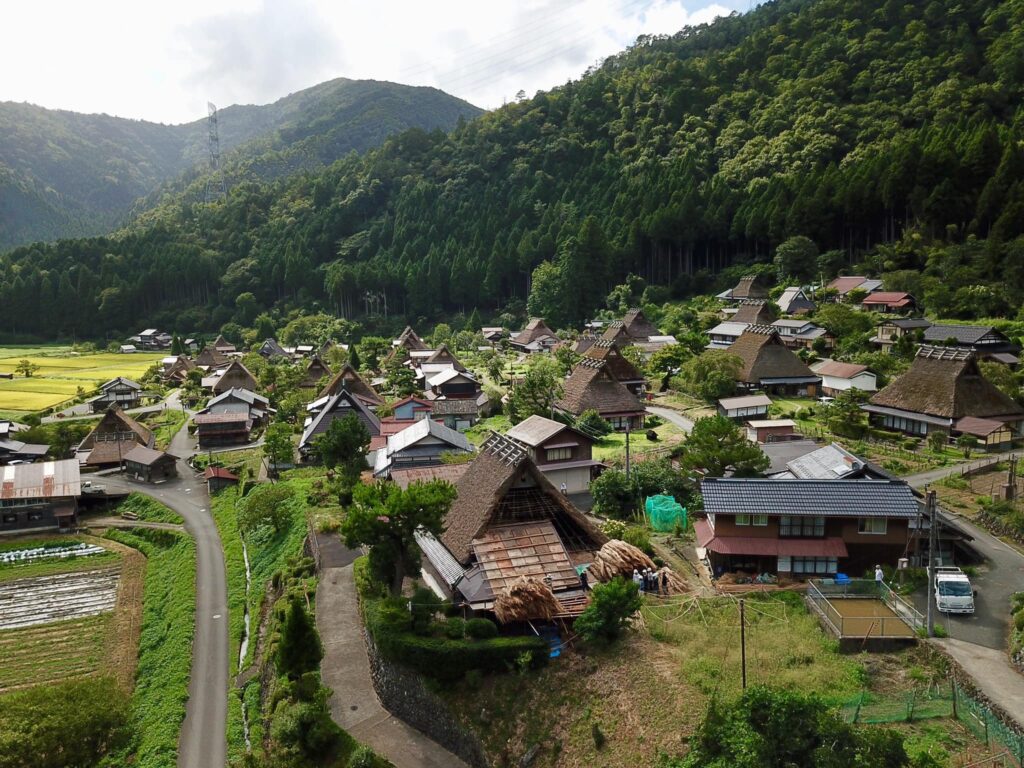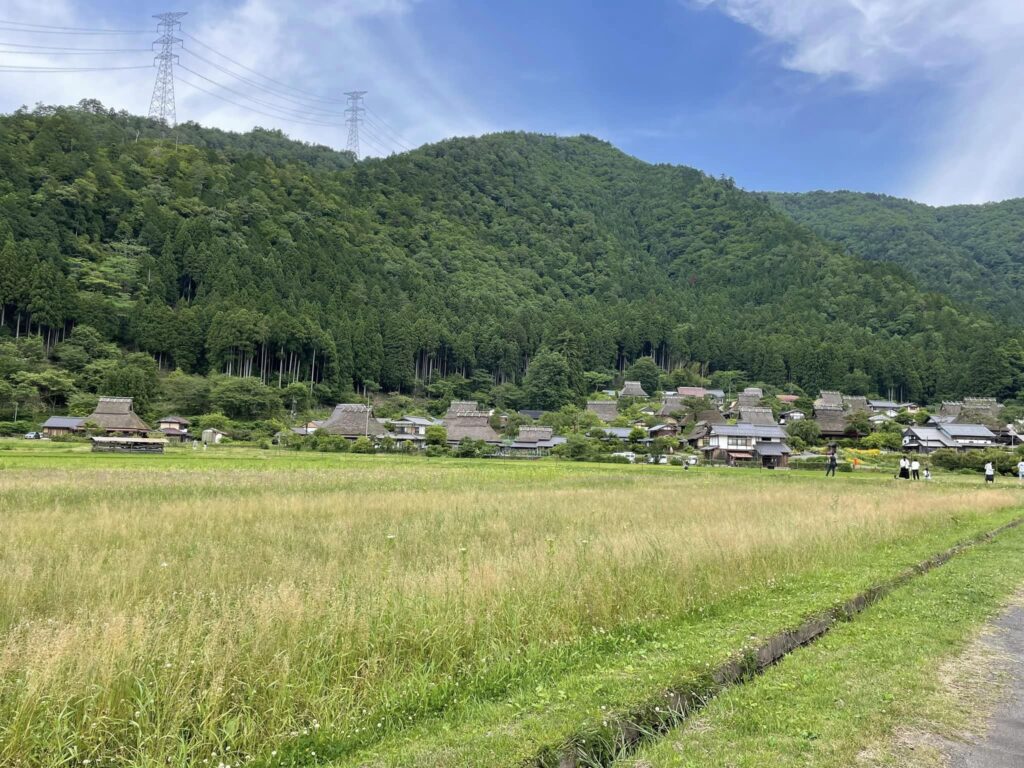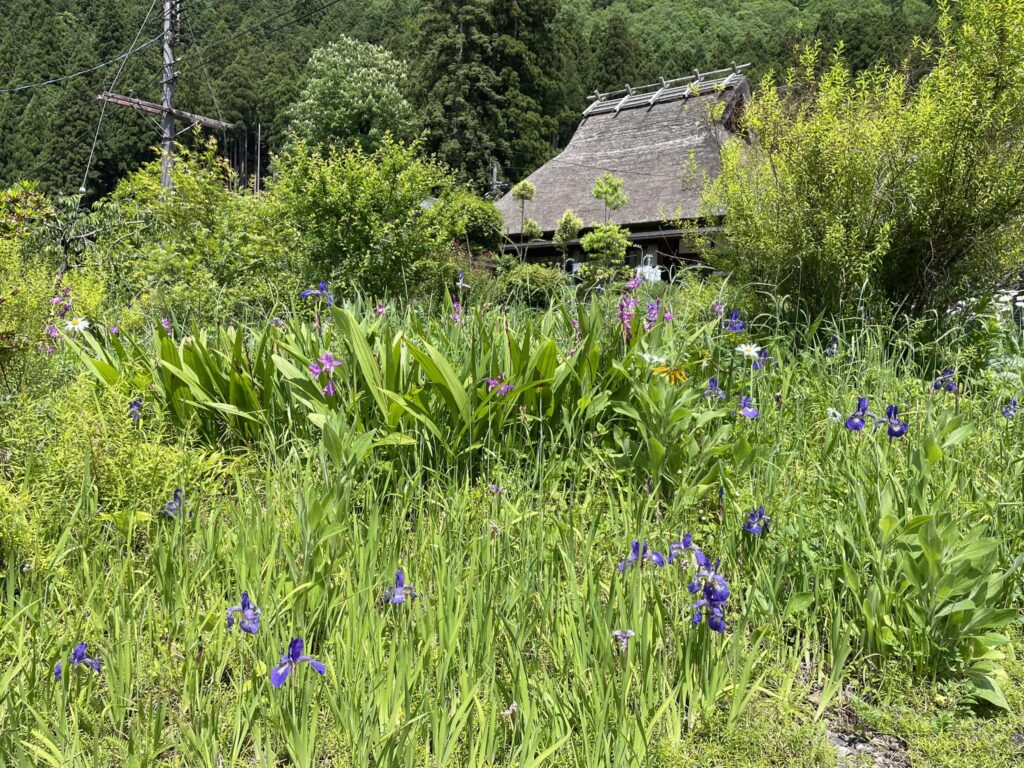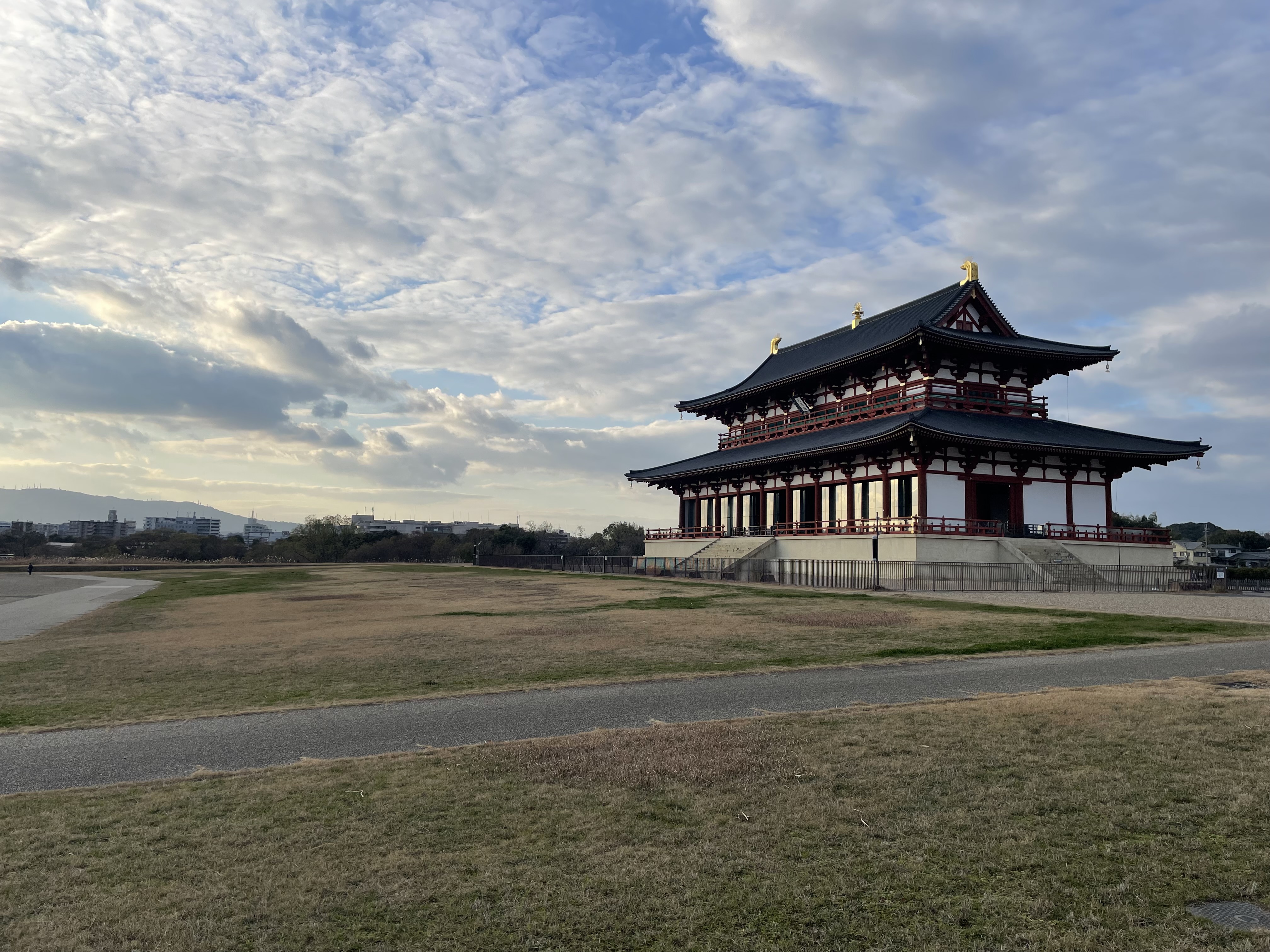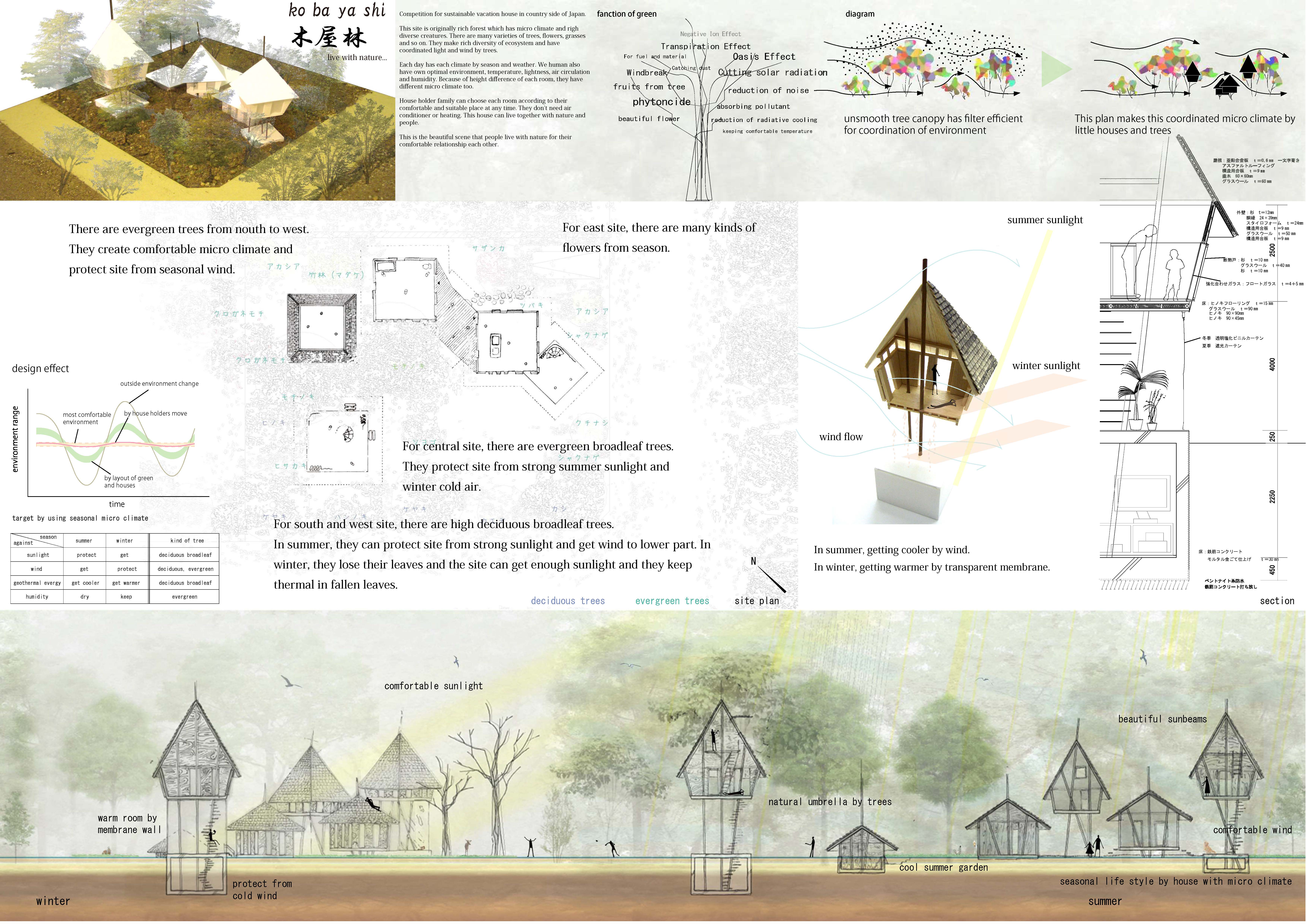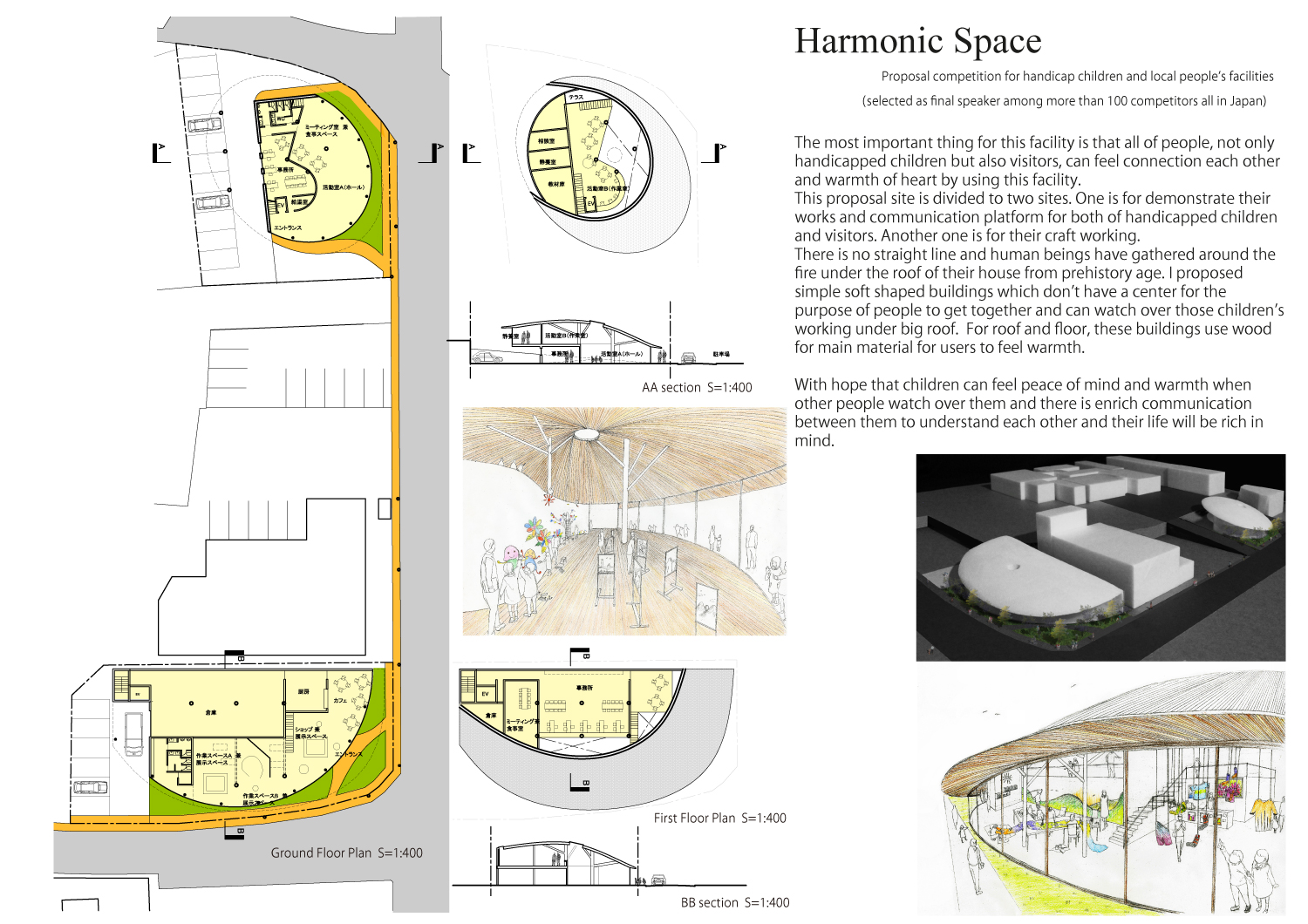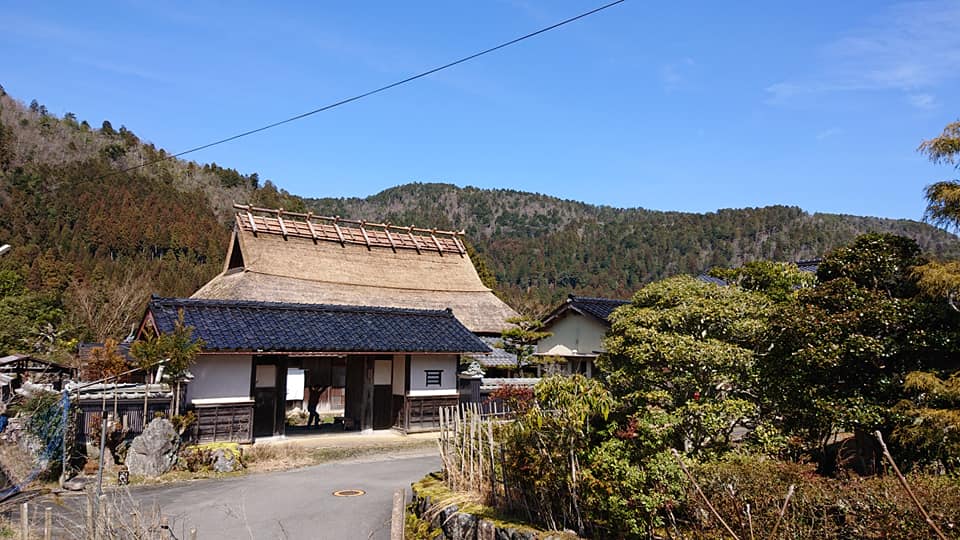Regreen offers a training program to learn from Japan’s ancient practices of nation building, capital building, community building, natural environment building, and architecture building, and to solve contemporary global-scale and regional-scale issues such as climate change, sustainability, environmental issues, water issues, food issues, mental and physical health, depopulation, and population decline, while learning hints for creating a better cyclical society for both people and nature in the future. We offer training programs to learn hints on how to create a society with a better cycle for both people and nature.
Japan is recognized around the world as the oldest existing country in the world, and Kyoto is recognized as a capital that has been in existence for over 1,000 years.
We have conducted programs for a total of more than 450 people.
・Individuals (corporate executives, company directors, architects, landscape designers, urban planners, researchers in other fields, artists, historical researchers, people involved in traditional culture, IT engineers, housewives, students, etc.)
・Companies (32 global leaders from Kubota Corporation’s overseas branches, 22 members from an entrepreneurial school for working people, 129 tourists from Hankyu Express Travel Agency and Eurasia Travel Agency, etc.)
・Organizations (approximately 80 participants from the certified NPO related to natural environment, etc.)
・Government employees (Ministry of the Environment, Ministry of Agriculture, Forestry and Fisheries, Ministry of Economy, Trade and Industry, Kyoto City Hall, etc.)
・Professors and students from universities (Kyoto University, Kyoto Seika University, Ritsumeikan University, National University of Singapore, etc.)
Programs are mainly held in Kyoto City, Keihoku (about 1 hour drive from Kyoto City), Miyama (about 1.5 hours drive from Kyoto City), Nara City, Asuka Village, Sakurai City, Tenri City and Kashihara City.
We can be flexible in arranging themes and tour sites according to your request.
【Program Contents】
『Kyoto』
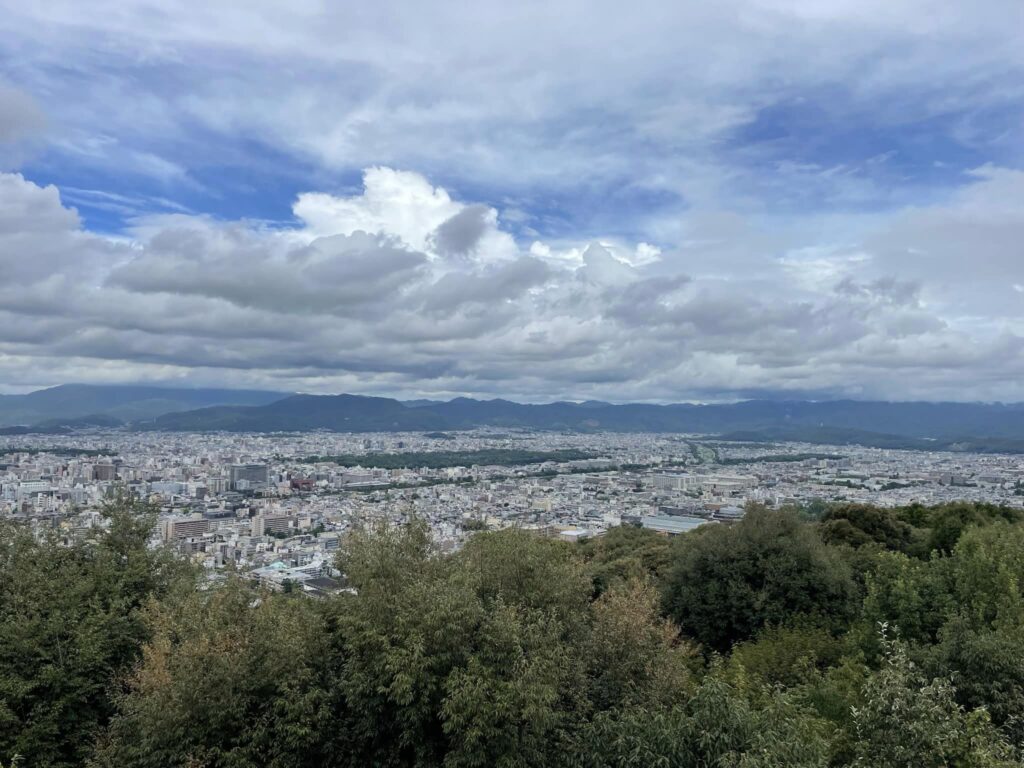
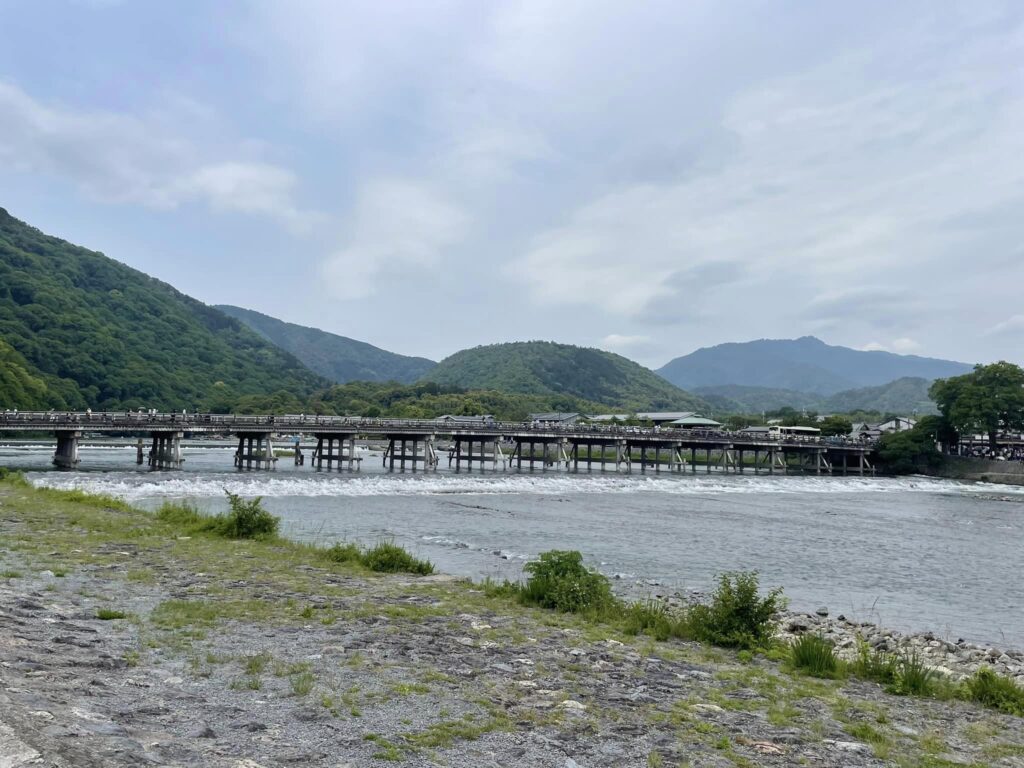
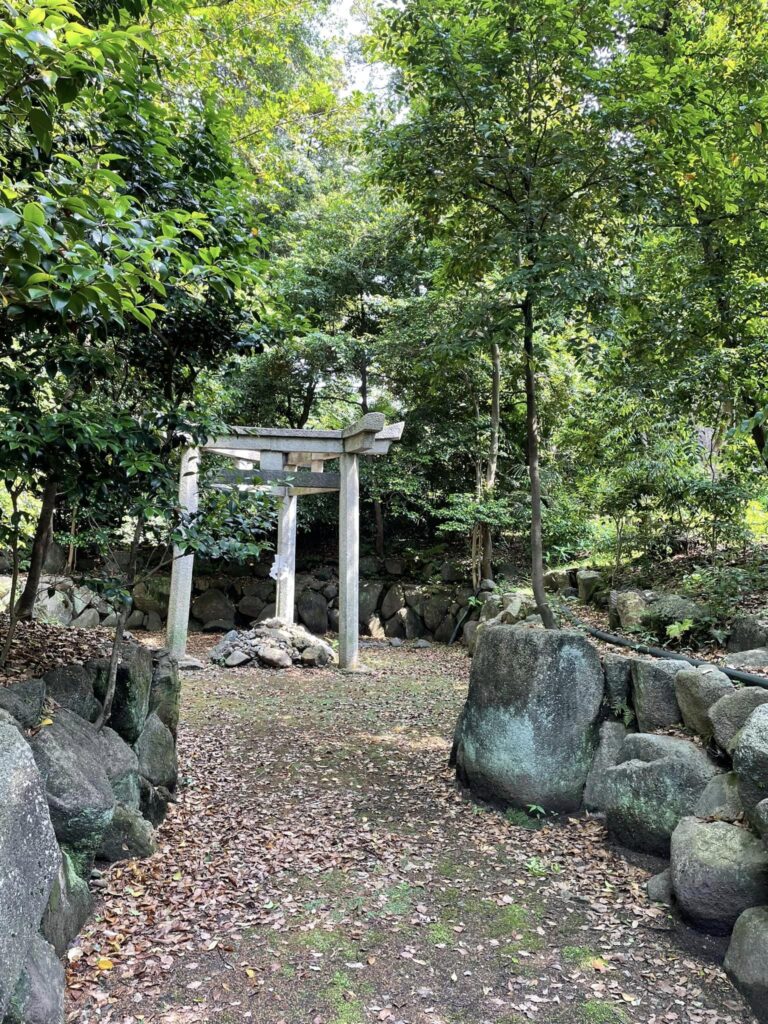
We will visit historical sites in Kyoto City and following the footsteps of the people who were involved in the construction of the Heian-kyo Capital, which lasted over 1,000 years, and how food, clothing, and shelter were provided for the people. This program will also explain the relationship between the nature of the satoyama and people’s lives that supported the construction of the capital, as we tour around Kyoto.
An optional destination is to also visit the Yamaguni, Keihoku areas and the neighboring Miyama area (see below), which contributed greatly to the construction of Heiankyo and were under the direct control of the Emperor’s family.
In Kyoto City, we will visit a mountain overlooking the Kyoto Basin, the Hata clan’s home base in the city of Uzumasa. This city has supported the construction of Heian-kyo and the Imperial Family, Shinsen-en Garden, which is closely associated with the Gion Festival, Arashiyama, and has close ties to the capital and the Imperial Family, Hozukyo, where lumber and other materials were sent from Keihoku (Yamaguni) via the Katsura river, and a museum with a model of the Heian-kyo capital on display.
The tour will explain the origins and history of Kyoto, a capital that has been sustained for more than 1,000 years by the Katsura River, which connects the forests, mountains, villages, capital, and finally the sea, as well as the people’s activities, culture, spirituality, natural environment, and resources that have supported them.
The origin of the country, ancient beliefs from the Jomon period, the origins of Shintoism, Buddhism, and Shinto/Buddhism, water, dragons, snakes, energy for building the capital, transportation of materials and food, etc. will also be explained.
『Keihoku』
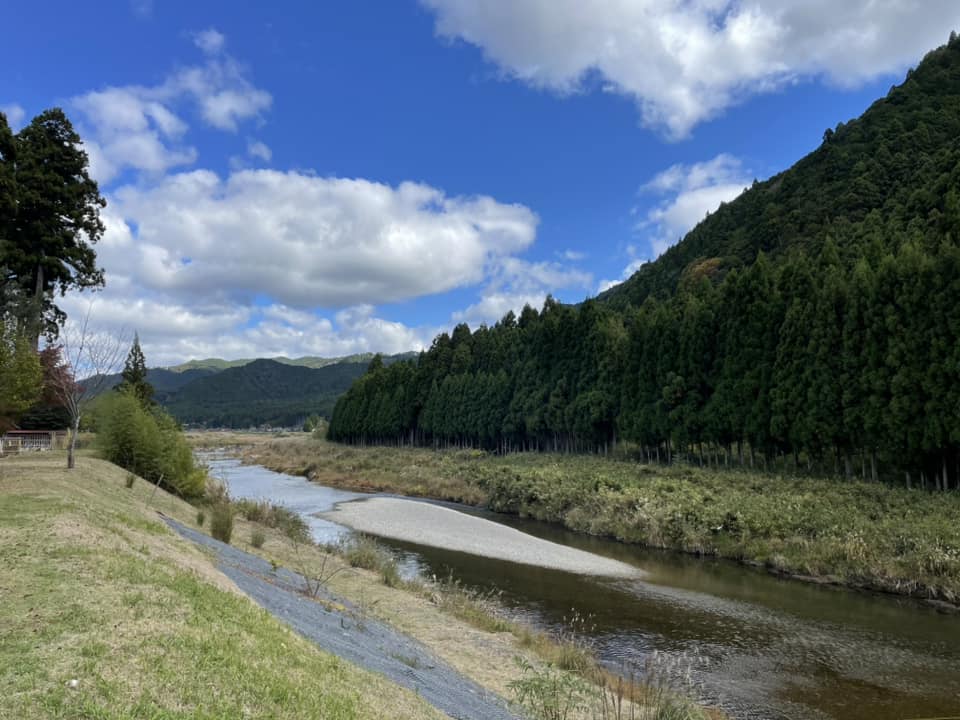
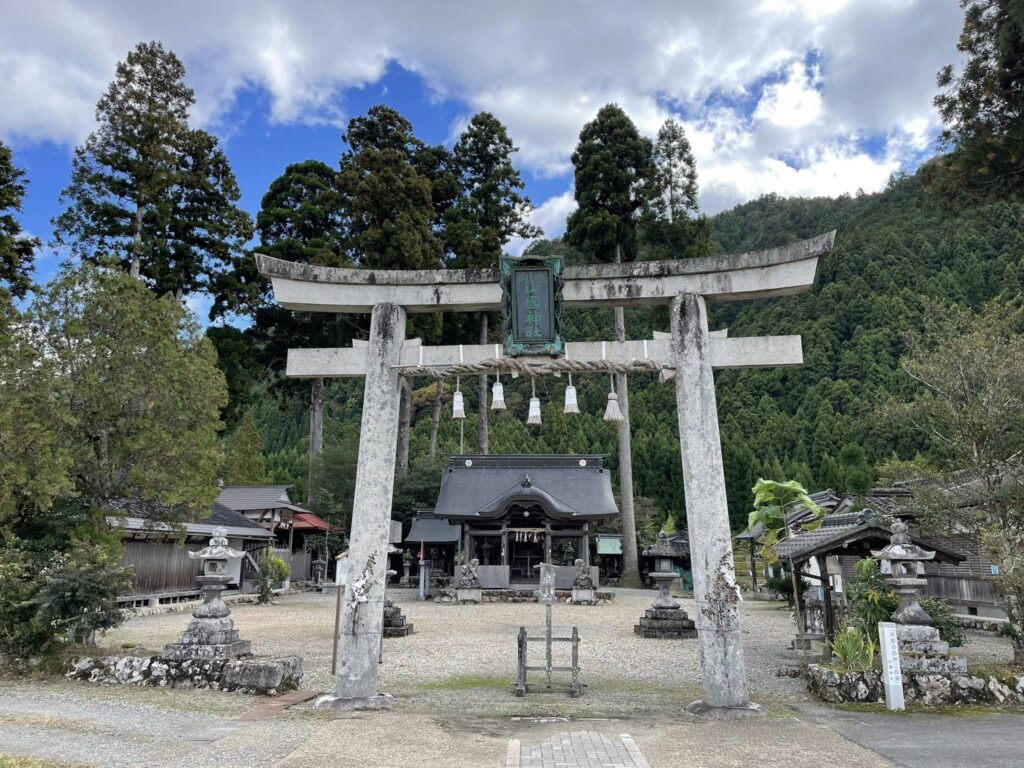
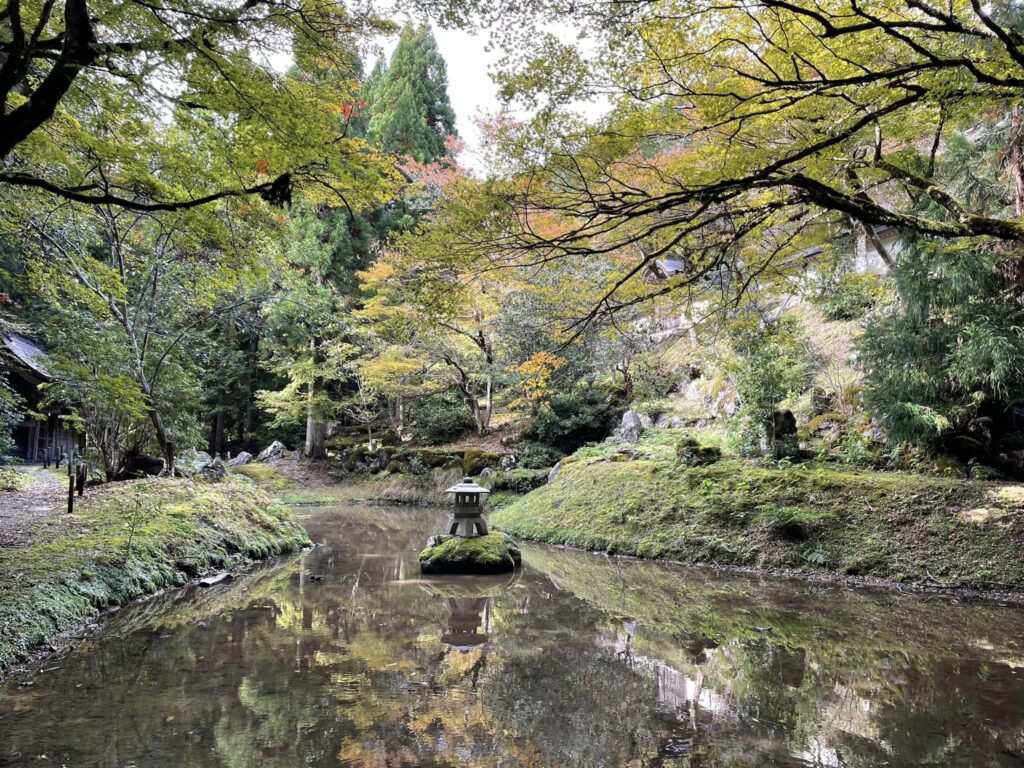
Regreen has been based in the Keihoku area, located about an hour’s drive from the center of Kyoto, especially in the Yamaguni area upstream of the Katsura River and Yuge area upstream of the Yuge River.
In the program in Keihoku, we will visit the site where the construction of Heian-kyo was based, the clear waters of the upper reaches of the Katsura River, a place that evokes images of satoyama life, thatched roofs, and shrines, temples, and ruins with deep ties to the emperor and the capital. Kyoto is famous all over the world, but we will show you how Kyoto was created and the unknown hidden mountain village another Kyoto.
『Miyama』
In Miyama (a village about 30 minutes by car from Keihoku and about 1.5 hours by car from the center of Kyoto), you will visit “Kayabuki-no-Sato” (a traditional thatched village in a village) with about 40 thatched roofs and Ashiu Forest, where virgin forests remain. The “Kayabuki-no-Sato” is designated as a national Important Preservation District for Groups of traditional thatched houses and is famous as a sightseeing area.
The history and culture of the satoyama differ from those of Keihoku because the rivers flowing through it are different: the Katsura River (flowing through Kyoto to Osaka Bay) in Keihoku and the Yura River (flowing through Fukuchiyama and other areas to the Japan Sea) in Miyama. The landscape of the area, which can be called Japan’s original landscape, is a beautiful example of the Japanese landscape.
We will explain the original Japanese landscape and its origins, people’s traditional and modern lifestyles, the natural environment, local culture, the cyclical nature of thatch and its contribution to human health, etc.
